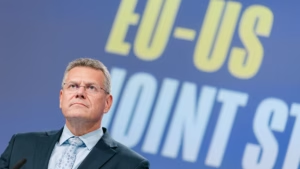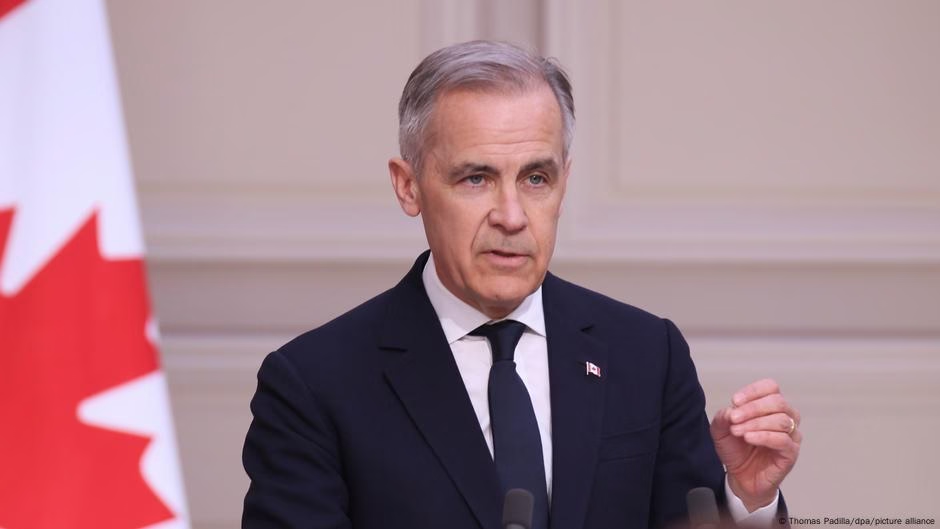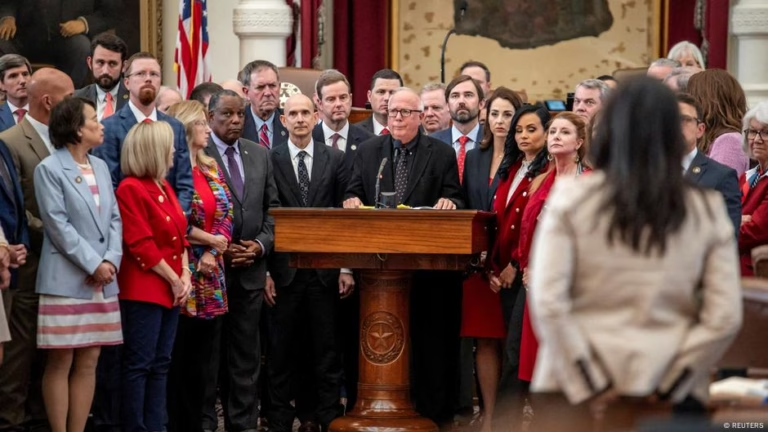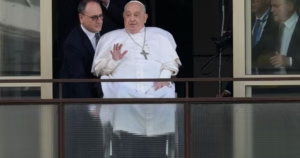Until recently, the Liberal Party seemed to be on track for a historic loss in this year’s election. However, US President Donald Trump sparking a trade war and threatening Canadian sovereignty has changed the dynamics.
Main issues in Canada’s upcoming election
Due to the daily attacks from US President Trump on Canada’s sovereignty, many Canadians have become angry and nationalistic. This surge in nationalism has helped improve the Liberal Party’s poll numbers.
Carney replaced Justin Trudeau, who stepped down as Prime Minister and party leader in January, however, Trudeau remained in power until the Liberal Party elected Carney as their new leader earlier this month.
Initially, the opposition Conservative Party, led by Pierre Poilievre, had hoped the election would focus on Trudeau, who has struggled with declining popularity due to high inflation and concerns about immigration.
Instead, the election is now expected to focus on which party can best handle the situation with Trump.
Trump has imposed 25% tariffs on Canadian steel and aluminum and threatened even more tariffs on all Canadian products starting April 2.
“We needed to act because of Donald Trump’s tariffs,” Carney announced when he made the announcement.
Carney visited Governor-General Mary Simon, who serves as the representative of Canada’s head of state, King Charles III, to request Parliament’s dissolution.
“The next election will be one of the most significant in our lifetimes,” Carney said in a social media post.
In the election, 343 seats will be contested in the House of Commons.
Only the Liberals or the Conservatives have a realistic chance of forming a government, as other parties are also running.
Carney, who is 60 years old, has had extensive experience in leadership roles, including leading the Bank of Canada during the 2008 financial crisis and serving as the Bank of England governor from 2013 until 2020.
Text edited by: Louis Oelofse








